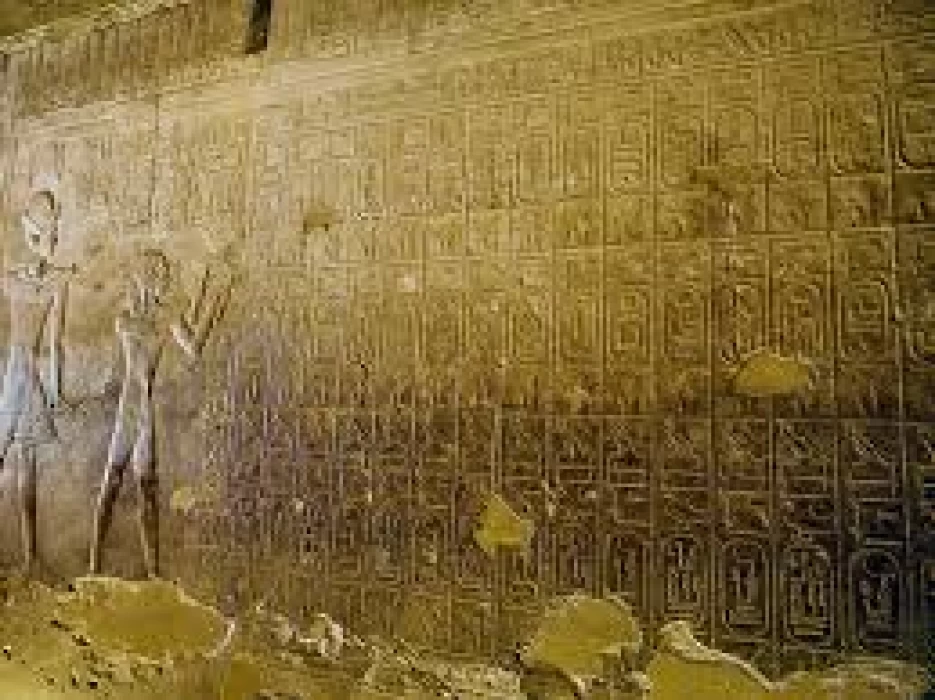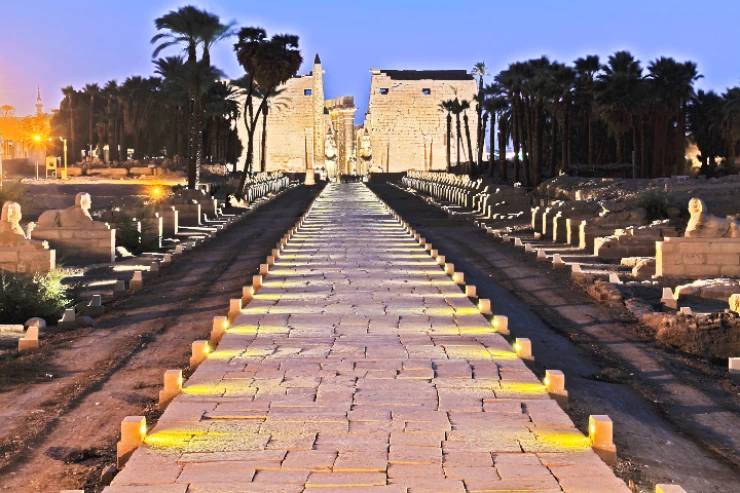
The Twenty-first Dynasty in Ancient Egypt
Facts About The Twenty-First Dynasty
The 21st Dynasty resided in Tanis, which became the capital, while the High Priest Kings of Amun resided in Thebes. In 1080, during the reign of Ramesses XI (1099-1069), one of these, Herihor (1080-1074), took advantage of his prerogatives and gave himself royal titles by proclaiming a renaissance based in Thebes. When Ramesses XI died, the dynasty of the High Priests of Amun had become an important political factor. Herihor's son Smendes I (parentage uncertain) became the new Pharaoh and inaugurated a 21st dynasty, known as the Tanite, whose power did not extend beyond Lower Egypt.
Its most illustrious representative was Psusannes I (1043-991), son of the High Priest of Amun, Pinedjem I (1070-1054). The reigns of the kings of this dynasty paralleled those of the Theban Pontiffs, but it seems that this dynasty was more legitimate than the dynasty of High Priest Kings founded by Herihor. In politics, the rulers were therefore obliged to deal with these High Priests. This was often done by establishing links through dynastic marriages.
To legitimise his accession to the throne, Smendes I married a daughter of Ramses XI. He moved the capital from Pi-Ramses to Tanis, probably, according to some scholars, because the nearby Pi-Ramses Canal had dried up. In Tanis, he and his successors were builders of what art specialists describe as refined skill. They wanted to rival the temple of Amun in Thebes.
The builders used their ingenuity to recycle the monuments of the 20th dynasty, with much more systematic refinement than in the previous period. The temples, monuments and obelisks of Pi-Ramses were dismantled and moved to Tanis to adorn the Pharaohs' new city, where they took up residence and recreated an advanced base for controlling trade with Asia.
The end of the 21st dynasty, when Siamon died without an heir, saw the arrival in power of the highly controversial King Psusannes II and renewed struggles for succession. The country was also in the throes of an economic crisis, and disorder and corruption once again took hold. There was widespread looting of the Theban necropolis, which led the High Priests of Amun to rebury the royal mummies in a hiding place, tomb DB320, at Deir el-Bahari, to save them from looting.















